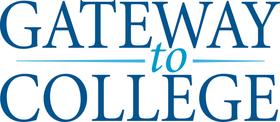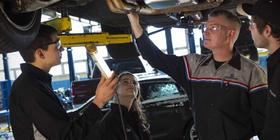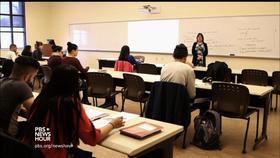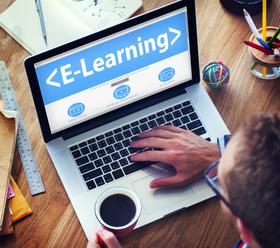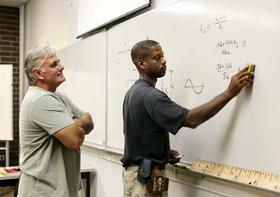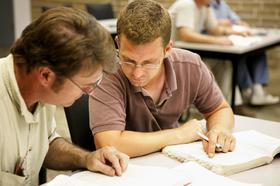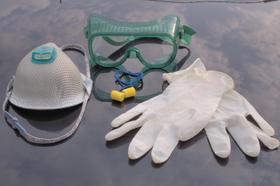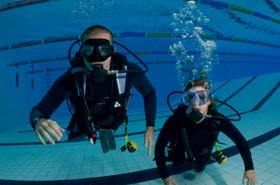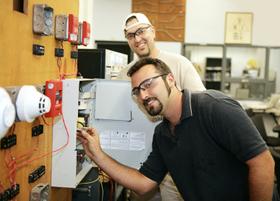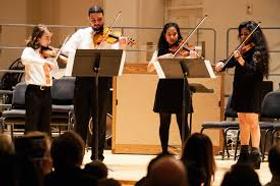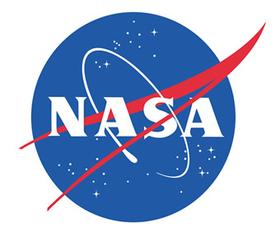In an effort to turn more kids onto STEM learning, the Stevens Institute of Technology has brought a new summer program to community colleges across the country. WaterBotics allows middle and high school students to get their feet wet in the area of underwater technology while attracting demographics that might not otherwise consider an engineering career after graduation. This program has been gaining steam over the past few years, and this summer, several community colleges have hosted WaterBotics programs for students in their areas.
What is STEM?
STEM stands for science, technology, engineering, and mathematics – the key components some believe are key to this country’s future in the global marketplace. The Obama Administration has put out the challenge for schools across the country to bring more students into STEM studies to better prepare the future workforce for the challenges that lie ahead.
Dr. George Korfiatis, Stevens Provost and University Vice President, said in a press release on PR.com, “We are living in an age when knowing how to create new knowledge and what to do with it can create a healthier, safer, and more prosperous planet. Scientists, engineers, and technologists are providing the fuel to power the enterprises of this and future generations.”
This video explains STEM.
What is WaterBotics?
According to information on the Sinclair Community College website, WaterBotics is a program designed to educate students in science concepts and programming while broadening their interest in various engineering and technology careers. The program is specifically geared toward attracting students that might not otherwise explore these options, such as girls and under-served populations. WaterBotics is a component of a National Science Foundation ITEST (Innovative Technology Experiences for Students and Teachers). The goal of the five-year program is to reach between 6,000 and 11,000 students with a unique science experience, according to the WaterBotics website.
Beth McGrath, Director of the Center for Innovation in Engineering and Science Education at the Stevens Institute of Technology, said on the Sinclair Community College website, “The challenges kids will encounter through the WaterBotics camp will create opportunities for them to learn and apply science and engineering to an interesting, real-world problem. Creativity, problem-solving, innovation, and communication skills are all developed through the course of the challenge-based program.” McGrath added, “We never see two identical robot designs; the kids are amazingly creative!”
This year, WaterBotics camps were offered at community college campuses in Dayton, Ohio, Chicago, Illinois, and in numerous areas around Texas and New Jersey. During the camps, students use LEGO and Mindstorms equipment to craft robots that can accomplish various underwater missions. Students work in teams to design a prototype and actually program the underwater robots to perform various functions in an eight-foot diameter pool. Concepts like buoyancy, engineering design, stability, and gears are all explored in a fun, intense environment throughout the one-week program.
While the WaterBotics program is enticing for students, it is also designed to benefit the educators involved. Dr. Susan Lowes, project evaluator and Director of Research and Evaluation at the Institute for Learning Technologies at Teachers College, Columbia University, said in the PR.com press release, “Also embedded in this NSF grant program is professional development for educators that introduces the value of project-based, open-ended and hands-on learning. At every workshop, educators tell us how excited they are to use these methods in their own programs and classes.”
The WaterBotics program is based on four years of research and development work conducted with as many as 72 teachers and more than 2,600 high school and middle school students. The program has been independently evaluated by Teachers College, Columbia University, where educators found the program to increase student interest in science and technology concepts, programming, and future engineering careers. Beyond the summer camps, teacher training is also offered so that educators can implement similar concepts in their own classrooms.
Sinclair Offers Underwater Experience
Sinclair Community College in Dayton, Ohio, is just one of the colleges that featured the WaterBotics summer camps this year. The camp was held for five full days in June, and teacher training was offered the following month. The WaterBotics program has become popular at Sinclair, and since there are just 20 spots in the camp, interested students are encouraged to sign up as early as possible.
This video explains WaterBotics.
Triton College Offers WaterBotics to Illinois Students
In Illinois, students interested in this STEM-based program can check out availability at Triton College. This school was selected to participate in the program by the League for Innovation in Community Colleges and the Center for Innovation in Engineering and Science Education. According to a report at Trib Local, Triton was approved for a three-year grant to fund the program.
Eddie Hudson, a 17-year-old student who participated in the program at Triton, said the most challenging thing about building the robot was getting the programming right. Hudson told Trib Local, “Programming is oftentimes a lot of trial and error. But after taking [WaterBotics], I have a better understanding of programming that I can use outside of this program.”
Karthika Nair, another student in the program agreed that the camp taught valuable programming skills in a fun, hands-on environment. Nair told Trib Local, “I like how this class teaches us programming without it being so complicated…In this class, we learn so much through different hands-on activities. We’re learning by doing.”
Questions? Contact us on Facebook. @communitycollegereview





